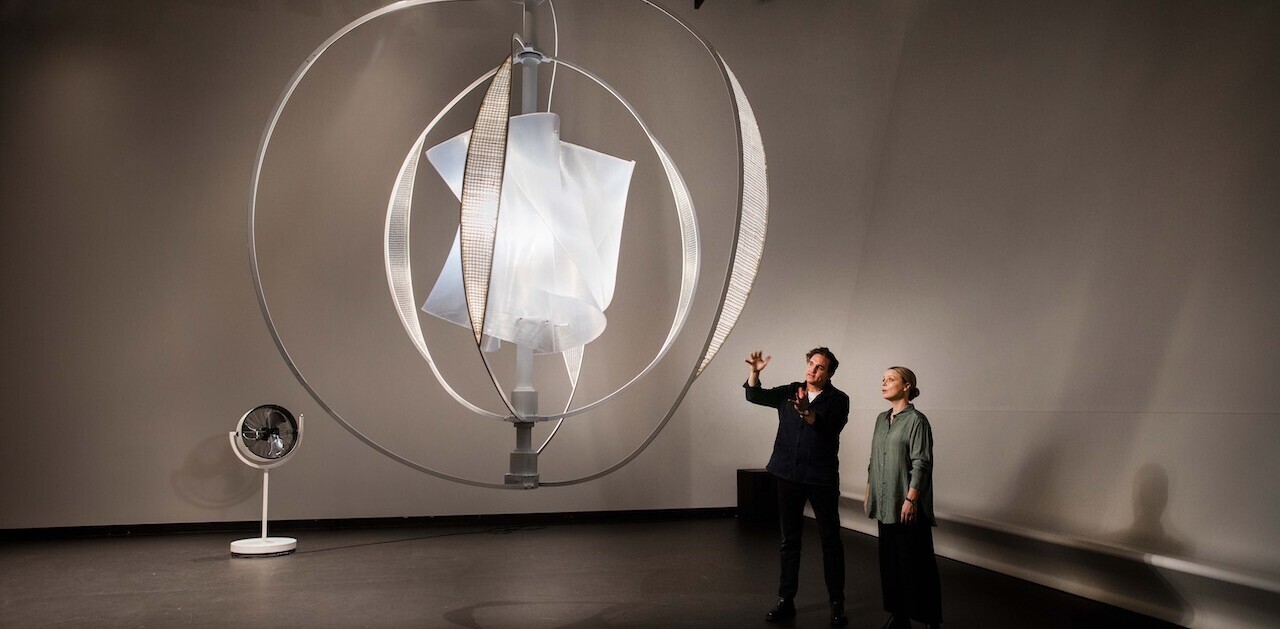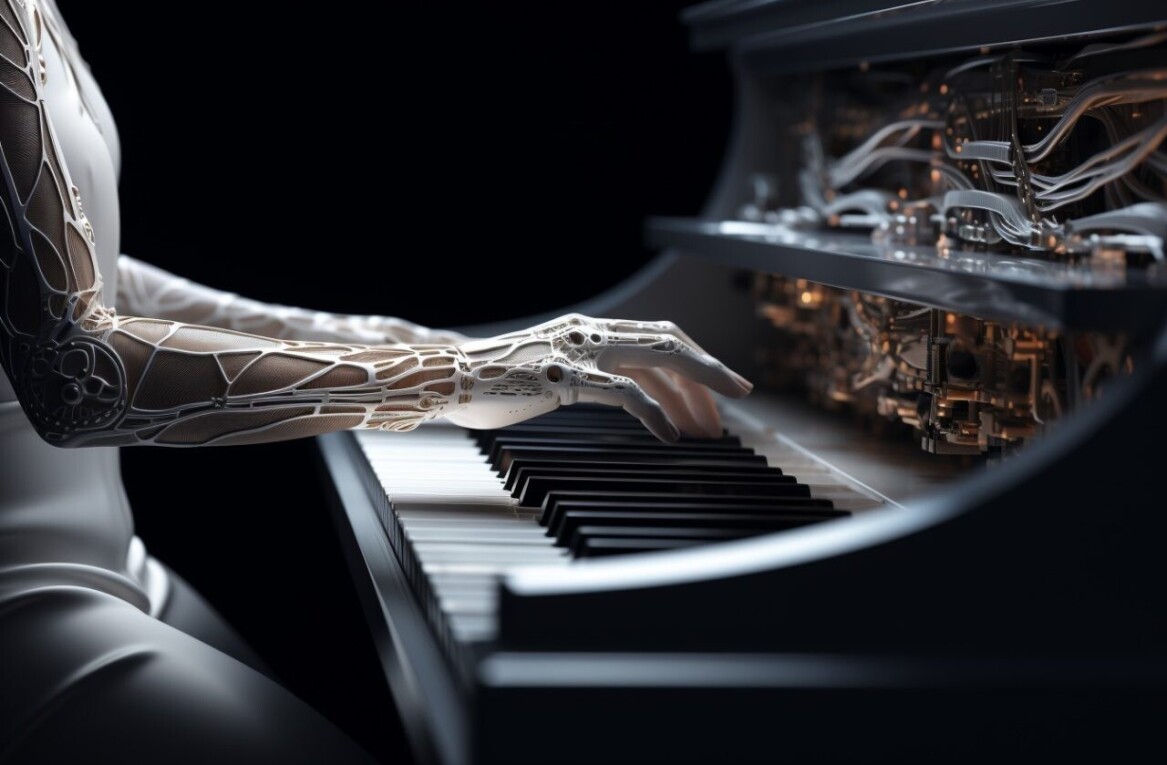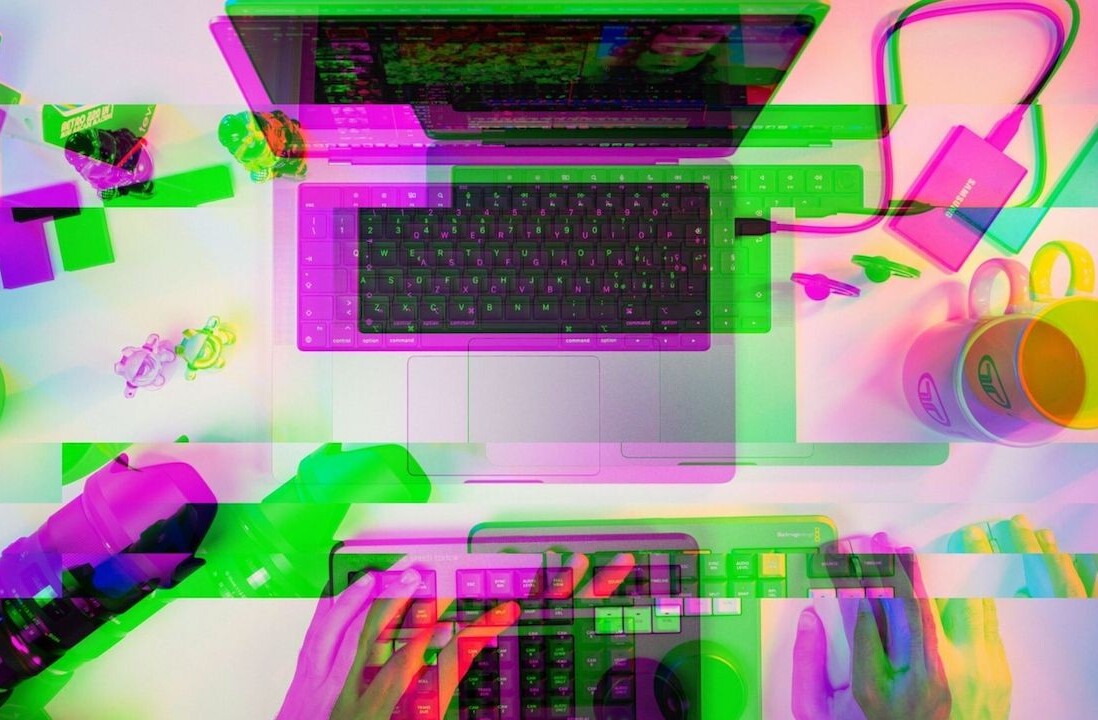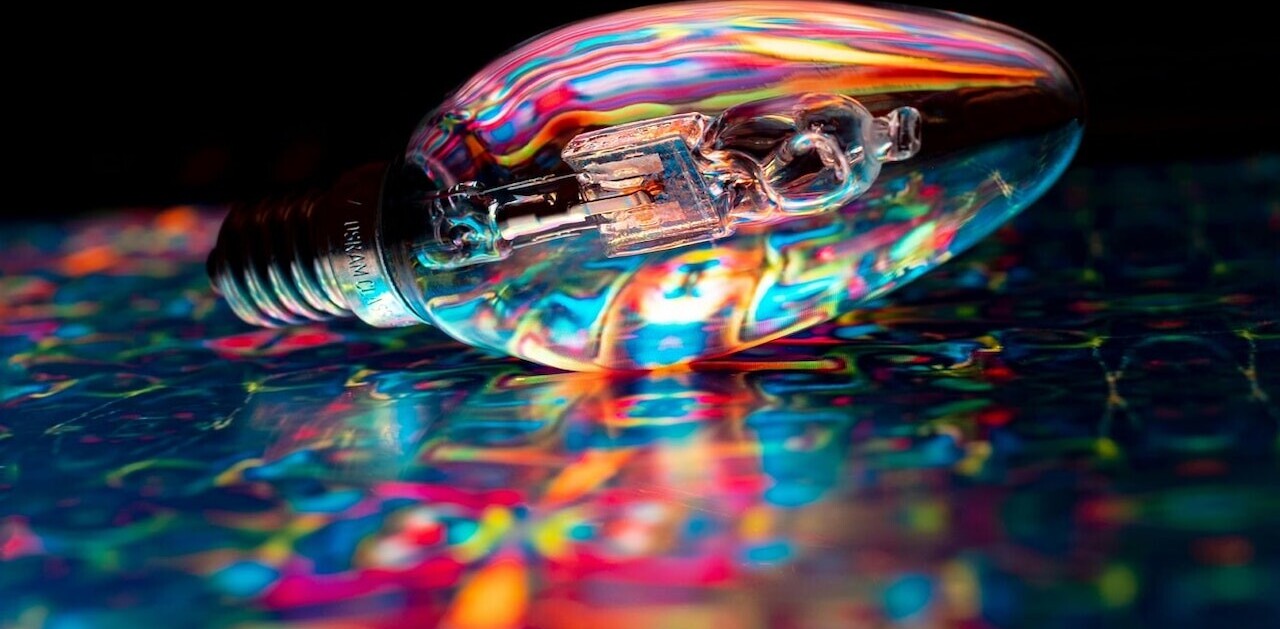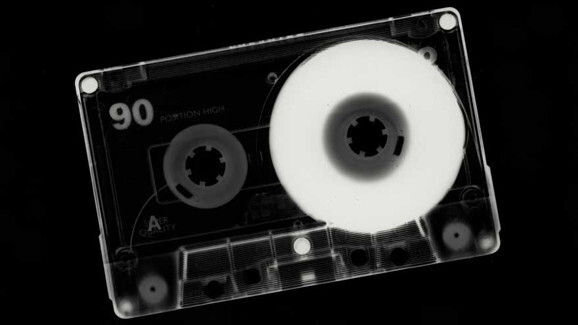
Lindsay Comstock is a New York-based writer, photographer, and editor. Her work has appeared in publications including American Photo, PDN and Rangefinder, and in her own image-based projects. This post was originally published on the Shutterstock blog and has been reprinted with permission.
It’s been 175 years since the advent of photography, and while we’re now in a true digital age, people are still looking back. Alternative photographic processes have made a comeback with various filters and smartphone apps, leveraging analog effects with digital technology. Here are five vintage techniques that still serve for creating visually arresting photographic works after all these years.
Make a photogram
One of the early photographic techniques, the photogram allows you to transform banal objects into art by placing them directly on light-sensitive paper and exposing them to light. This can be done on nearly any surface and with different chemical processes, such as cyanotype, which will produce lovely images reminiscent of blueprints.
Make a photo-based collage
Collage is one of those seemingly simple concepts that can produce a wonderful design-friendly effect when executed thoughtfully. Any number of photographic images can be combined — either digitally or manually — with interesting patterns and textures, either to make a statement or to create a surreal composition.


Play with light
One of the oldest tricks in the book, light painting can be a fun way to jazz up an ordinary night shot. While a slow shutter speed (and movement during capture) can often make any lights in the frame appear jittery, this can also be controlled by flashing or dragging light through a very dark scene while the camera is set on a tripod.

Experiment with film
Since instant film (and its corresponding aesthetic) has made quite a comeback and people are once again working with other analog forms, why not try more unique mediums like infrared? The film is sensitive to infrared light and, when used in conjunction with an infrared filter on the lens, it’s all that can pass through — creating surreal scenes in which color is altered and black-and-white images are given an eerie tonal range.


Get messy in the process
Spread emulsion on various media (old paper, wood, metal) and print directly from a large-format negative; make photo transfers from xeroxed images; paint on top of your images (and I’m not talking about hand-tinting); and just experiment. Also think about the ways in which unique effects can be applied to film by pushing or pulling it to change the exposure during the development process, or using a technique called cross processing — the deliberate development of film in chemicals not made for that particular type of film. There’s no limit to the ways in which a photograph can be transformed.


Top image: Audio-cassette photogram by michaket
Get the TNW newsletter
Get the most important tech news in your inbox each week.


